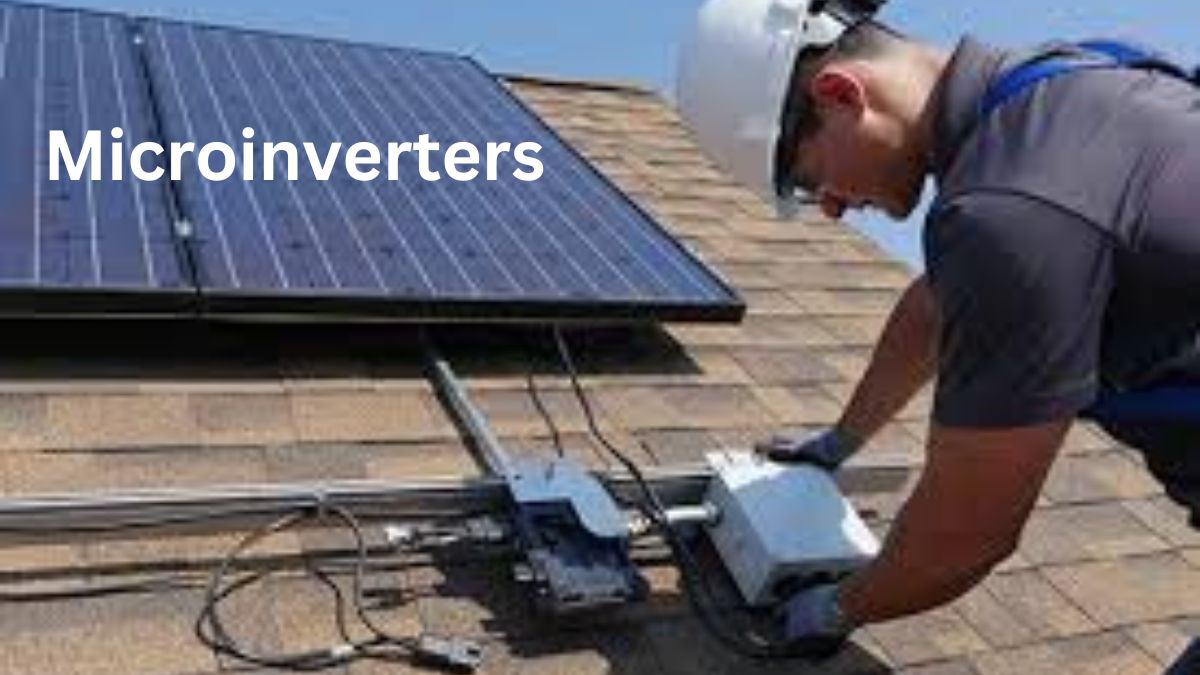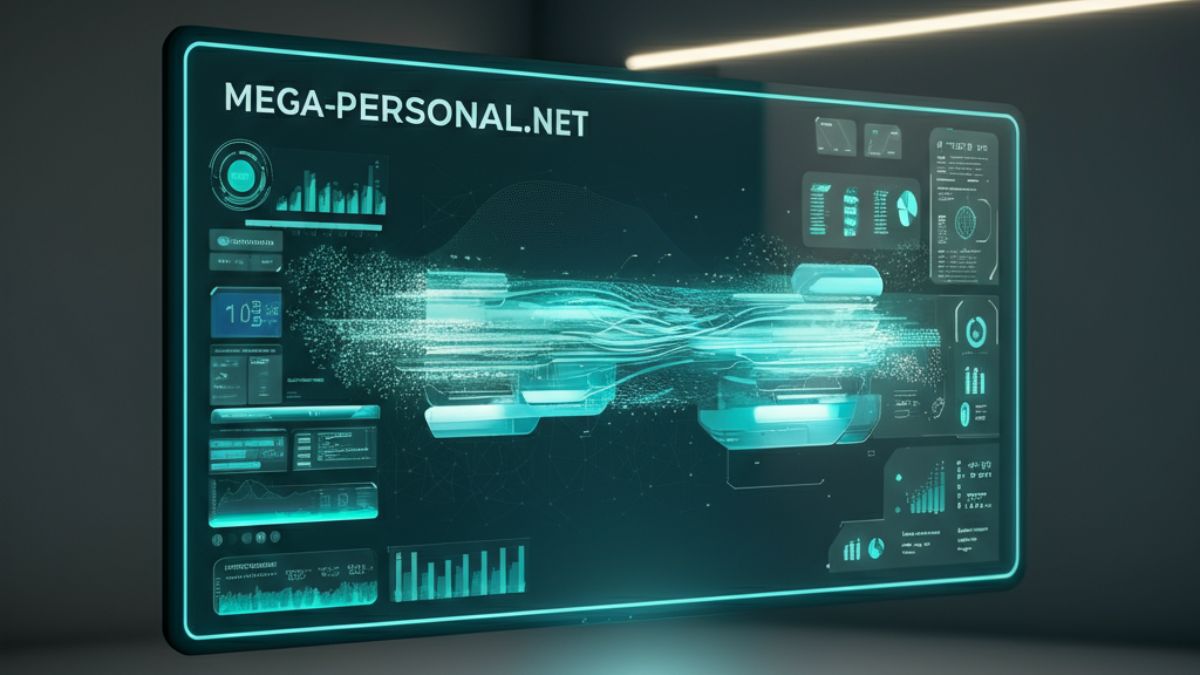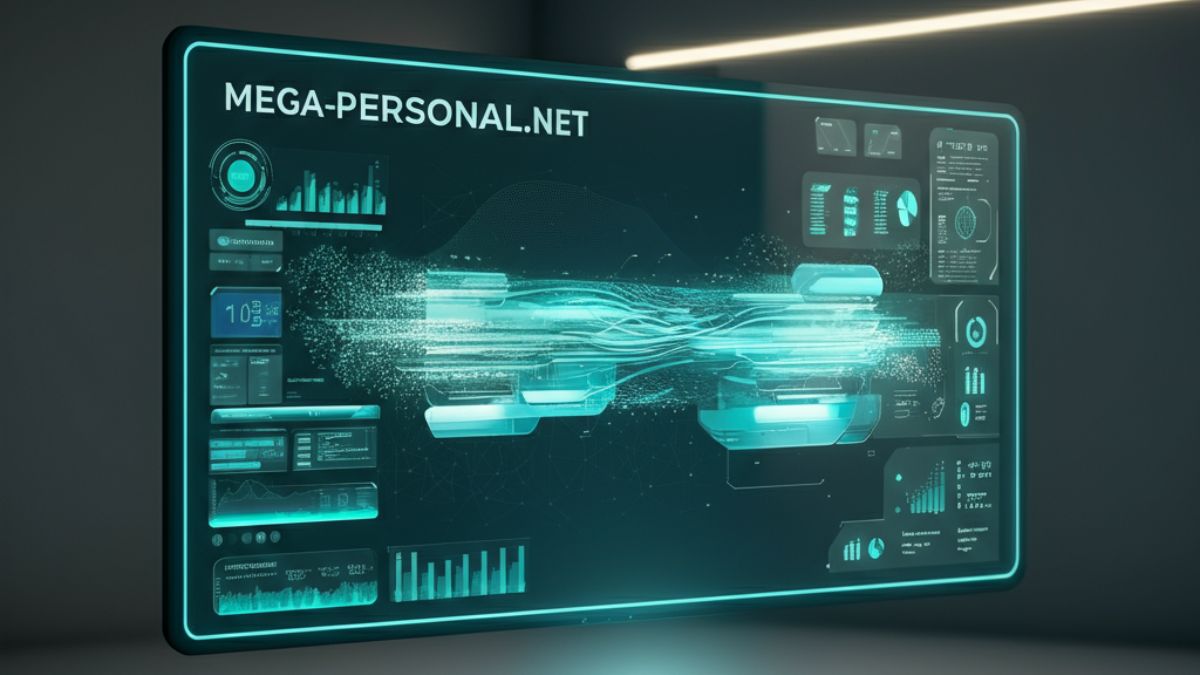Are you looking to take your solar energy system to the next level? Look no further than microinverters! These innovative devices are revolutionizing the way we harness solar power, offering a range of benefits that can enhance efficiency and performance. In this comprehensive guide, we’ll dive into everything you need to know about microinverters – from how they work to their advantages, cost comparison with traditional inverters, top brands in the market, installation processes and maintenance tips. Join us on this enlightening journey as we explore the exciting world of microinverters and uncover why they’re a game-changer for solar energy systems.
How Do Microinverters Work?
Microinverters are the unsung heroes of solar power systems, quietly working behind the scenes to optimize energy production. Unlike traditional inverters that convert DC to AC for an entire solar array, microinverters operate on a per-panel basis. This means each solar panel has its own microinverter attached, allowing for maximum efficiency and flexibility.
When sunlight hits a solar panel, it generates direct current (DC) electricity. The microinverter then converts this DC power into alternating current (AC), which is what our homes and businesses run on. By managing the output of each individual panel, microinverters can mitigate shading issues or panel malfunctions much more effectively than central inverters.
This modular approach ensures that if one panel underperforms due to shading or damage, it won’t affect the output of other panels in the system. Additionally, with real-time monitoring capabilities, users can track the performance of each panel separately and identify any potential issues promptly.
Microinverters offer a smart solution for maximizing energy production from solar panels while enhancing system reliability and performance.
Advantages of Using Microinverters
When it comes to solar energy systems, microinverters offer a range of advantages that set them apart from traditional string inverters. One key benefit of microinverters is their ability to optimize the performance of each individual solar panel. Unlike string inverters, where the efficiency of one panel can impact the entire system, microinverters work independently, ensuring maximum power generation.
Another advantage of using microinverters is their enhanced safety features. Microinverters convert DC electricity from each panel into AC electricity right at the source, minimizing high-voltage DC wiring and reducing potential fire risks. This also makes maintenance easier as any issues with specific panels can be isolated and addressed without affecting the rest of the system.
Furthermore, microinverters provide greater flexibility in system design and scalability. With microinverters, you can easily expand your solar array by simply adding more panels without worrying about compatibility issues or decreased performance due to shading or panel orientation differences.
Cost Comparison: Microinverters vs Traditional Inverters
When it comes to choosing between microinverters and traditional inverters, cost is a significant factor to consider. While microinverters are typically more expensive upfront than their traditional counterparts, they often prove to be more cost-effective in the long run.
Microinverters offer advantages such as panel-level monitoring, increased system efficiency, and easier maintenance – all of which can result in higher energy production and savings on your electricity bill over time.
On the other hand, traditional inverters may have lower initial costs but could require additional equipment for monitoring multiple panels or face efficiency losses due to shading or mismatched panels.
The decision between microinverters and traditional inverters will depend on your specific needs, budget, and long-term goals for your solar power system. It’s essential to weigh the upfront costs against potential long-term savings before making a choice.
Factors to Consider When Choosing a Microinverter
When choosing a microinverter for your solar energy system, there are several key factors to consider. First and foremost, think about the compatibility of the microinverter with your existing solar panels. Ensuring they work seamlessly together will optimize your system’s performance.
Another important factor is the efficiency rating of the microinverter. Look for models that offer high efficiency levels to maximize the conversion of DC power to AC power. This can have a significant impact on overall energy production and savings over time.
Consider the warranty provided by the manufacturer as well. A longer warranty period indicates confidence in their product’s durability and reliability, giving you peace of mind in your investment.
Think about additional features such as monitoring capabilities or smart technology integration. These can provide valuable insights into your system’s performance and allow for easy maintenance and troubleshooting when needed.
Top Brands and Products in the Market
When it comes to microinverters, there are several top brands and products in the market that stand out for their quality and performance. Enphase Energy is a renowned name in the industry, known for its innovative technology and reliability. Their IQ series of microinverters offer high efficiency and monitoring capabilities.
SolarEdge is another popular brand that offers cutting-edge solutions for residential and commercial solar systems. Their HD-Wave technology ensures maximum power production while maintaining a sleek design.
APsystems is also worth mentioning, with their dual-module microinverters ideal for installations where space is limited. These microinverters provide flexibility and efficiency, making them a preferred choice among installers.
Other notable brands include SMA Solar Technology, Fronius International GmbH, and Huawei Technologies Co., Ltd., each offering unique features tailored to different installation requirements. It’s important to research and compare these top brands to find the best fit for your specific solar project needs.
Installation and Maintenance of Microinverters
When it comes to installing microinverters, the process is relatively straightforward. Each microinverter needs to be connected to a single solar panel, which allows for individual optimization and monitoring of each panel’s performance. This setup also makes troubleshooting easier compared to traditional string inverters.
Maintenance of microinverters is minimal but crucial for optimal system performance. Regular inspections should be conducted to ensure that connections are secure and free from any debris or damage. Additionally, keeping the area around the microinverters clean can help prevent overheating and prolong their lifespan.
In case of any issues with your microinverter system, it’s essential to contact a professional technician for repairs or replacements. Trying to fix electrical components yourself can be dangerous and may void warranties. By following proper installation guidelines and conducting routine maintenance checks, you can keep your microinverter system running smoothly for years to come.
Real-Life Examples of Successful Microinverter Systems
Imagine a picturesque residential neighborhood where solar panels adorn rooftops, quietly harnessing the sun’s energy. In this community, microinverters are the unsung heroes behind seamless energy conversion.
One standout example is a family in California who saw their electricity bills plummet after switching to microinverters. Their system maximized power production even on cloudy days, ensuring consistent savings year-round.
Another success story comes from an eco-conscious business in New York that significantly reduced its carbon footprint by utilizing microinverters. The scalability of these systems allowed for easy expansion as the company grew.
In Australia, a farm implemented microinverters across its vast fields to optimize solar energy utilization. The reliability and performance of the microinverter setup proved instrumental in boosting agricultural productivity while reducing operational costs.
These real-life examples showcase how microinverters can revolutionize energy efficiency and sustainability on both residential and commercial scales.
Common Misconceptions about Microinverters
One common misconception about microinverters is that they are less efficient than traditional string inverters. This belief stems from the idea that having multiple inverters could lead to more energy losses. However, microinverters actually offer better performance in shading and mismatch conditions.
Another myth is that microinverters are difficult to install and maintain. In reality, they are often easier to set up than string inverters since each panel operates independently. Maintenance also tends to be simpler with microinverters, as troubleshooting can be done on a per-panel basis.
Some people believe that using microinverters will significantly increase the overall system cost compared to traditional inverters. While it’s true that the initial investment may be higher, the long-term benefits of improved efficiency and flexibility can outweigh this difference over time.
Conclusion: Is Investing
Microinverters have revolutionized the solar energy industry, offering numerous benefits that make them a smart investment for homeowners and businesses alike. With their ability to maximize energy production, improve system reliability, and simplify maintenance, microinverters are becoming increasingly popular in the market.
When considering whether to invest in microinverter, it’s essential to weigh the advantages they offer against traditional inverters. While they may come at a slightly higher upfront cost, the long-term benefits far outweigh this initial expense. The increased efficiency and performance of microinverters can lead to significant savings on electricity bills over time.
Furthermore, choosing the right brand and product is crucial when installing a microinverter system. By opting for reputable manufacturers known for their quality products and reliable customer support, you can ensure that your investment pays off in the long run.
In conclusion: Investing in microinverters is not only a wise decision for those looking to harness the power of solar energy efficiently but also a sustainable choice for reducing carbon footprint and contributing to environmental conservation. Embracing this innovative technology can pave the way towards a brighter future powered by clean and renewable energy sources.










